
Alkmaar is a city and municipality in the Netherlands, located in the province of North Holland. Alkmaar is well known for its traditional cheese market. For tourists, it is a popular cultural destination. The municipality has a population of 111,766 as of 2023.
De Grootste Nederlander was a public poll held in 2004 by the broadcasting company KRO of the Publieke Omroep. The series has the BBC's 100 Greatest Britons TV format. During the series, it included individual programmes on the top ten, with viewers having further opportunities to vote after each programme.

Simon de Vlieger was a Dutch painter, draughtsman and designer of tapestries, etchings, stained glass windows. While he is mainly known for his marine paintings he also painted beach scenes, landscapes and genre scenes.
Hans Georg Conon von der Gabelentz was a German general linguist and sinologist. His Chinesische Grammatik (1881), according to a critic, "remains until today recognized as probably the finest overall grammatical survey of the Classical Chinese language to date."

Mart Stam was a Dutch architect, urban planner, and furniture designer. Stam was extraordinarily well-connected, and his career intersects with important moments in the history of 20th-century European architecture, including the invention of the cantilever chair, teaching at the Bauhaus, contributions to the Weissenhof Estate, the Van Nelle Factory,, buildings for Ernst May's New Frankfurt housing estates, followed by work in the USSR with the idealistic May Brigade, to teaching positions in Amsterdam and post-war East Germany. Upon return to the Netherlands he contributed to postwar reconstruction and finally retired,, in Switzerland, where he died.

The Rijksakademie van beeldende kunsten was founded in 1870 in Amsterdam. It is a classical academy, a place where philosophers, academics and artists meet to test and exchange ideas and knowledge. The school supports visual artists with a two-year curriculum.

The Openbare Bibliotheek Amsterdam is an organisation of public libraries in Amsterdam, Diemen and Ouder-Amstel in the Netherlands. The first library opened in 1919 at the Keizersgracht in Amsterdam. As of 2018, the OBA had 26 branch libraries, 177,000 members, and 1.3 million objects in its collection.
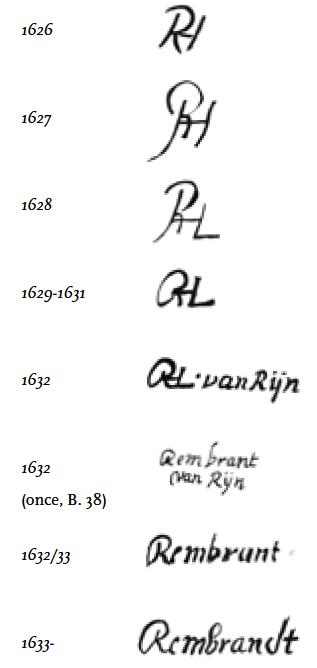
The Rembrandt Research Project (RRP) was an initiative of the Nederlandse Organisatie voor Wetenschappelijk Onderzoek (NWO), which is the Netherlands Organization for Scientific Research. Its purpose was to organize and categorize research on Rembrandt van Rijn, with the aim of discovering new facts about this Dutch Golden Age painter and his studio. The project started in 1968 and was sponsored by NWO until 1998. Research continued until 2014. It was the authority on Rembrandt and had the final say in whether a painting is genuine. The documentation generated by the project was transferred to the Netherlands Institute for Art History and renamed the Rembrandt Database.

Herman Hendrik Baanders, also known as Hermanus Hendrikus Baanders and H.H. Baanders, was a Dutch architect who was primarily active in Amsterdam.
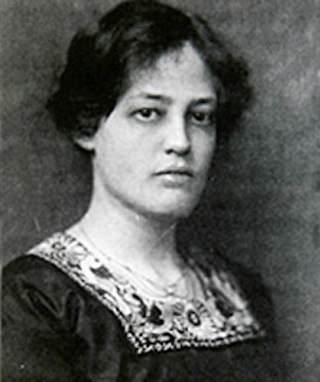
Margaret Staal-Kropholler, frequently referred to as Margaret Kropholler, was the first woman in the Netherlands to practice as a professional architect.
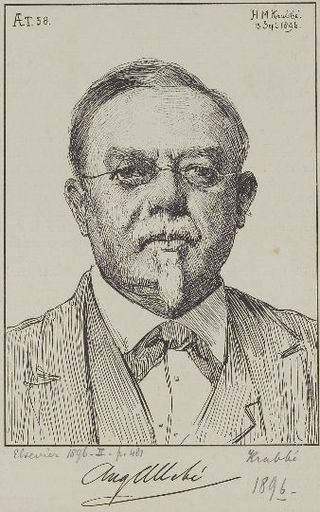
August Allebé was an artist and teacher from the Northern Netherlands. His early paintings were in a romantic style, but in his later work he was an exponent of realism and impressionism. He was a major initiator and promoter of Amsterdam Impressionism, the artist's association St. Lucas, and the movement of the Amsterdamse Joffers. Amsterdam Impressionism – sometimes referred to by art historians as the School of Allebé – was the counterflow to the very strong Hague School in the movement of Dutch Impressionism. As a professor at the Royal Academy of Amsterdam he fostered a cosmopolitan attitude toward art and the promotion and motivation of his students, and provided a significant stimulus to developments in modern art.

Zorgvlied is a cemetery on the Amsteldijk in Amsterdam, the Netherlands, on the left bank of the river Amstel. The cemetery was opened in 1870 by the city of Amstelveen which still owns and operates it, though since 1896 it is located within the boundaries of the city of Amsterdam. One of the country's best-known cemeteries, it is notable for the large number of celebrities, especially from the literary and theater worlds, buried there.

Johannes Antonides van der Linden (1609–1664) was a Dutch physician, botanist, author and librarian. He was born on 13 January 1609 in Enkhuizen.
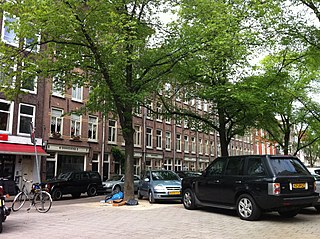
The Lindengracht is a street and former canal in Amsterdam. It is in the Jordaan neighborhood of the Centrum district just west of the canal belt. The canal was back-filled in 1895. It connected the Brouwersgracht with the Lijnbaansgracht. The Eerste Lindendwarsstraat and Tweede Lindendwarsstraat are side streets. Lindenstraat runs parallel to the Lindengracht.

Antonius Johannes (Antoon) Derkinderen was a Dutch painter, Glass artist, Draftsman and designer of book covers.

Cornelis Wilhelmus van Hasselt was a Dutch footballer and manager, who coached the Netherlands national team from its first unofficial matches in 1901 until 1908.
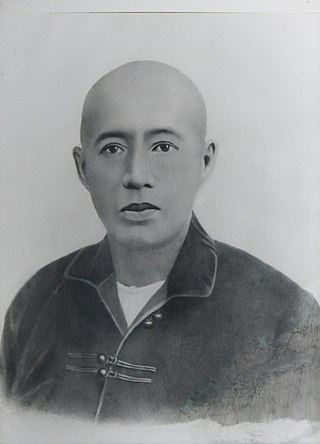
The Lie family of Pasilian was an aristocratic Chinese-Indonesian family of landlords, officials and community leaders, part of the ‘Tjabang Atas’ or the Peranakan Chinese gentry of the Dutch East Indies. For over a century, from 1847 until the 1952, members of the family served as Chinese officers, producing a total of nine office-holders, including Lie Tjoe Hong, the third Majoor der Chinezen of Batavia. The Chinese officership, consisting of the ranks of Majoor, Kapitein and Luitenant der Chinezen, was an arm of the Dutch colonial government with administrative and judicial jurisdiction over the colony's Chinese subjects.















